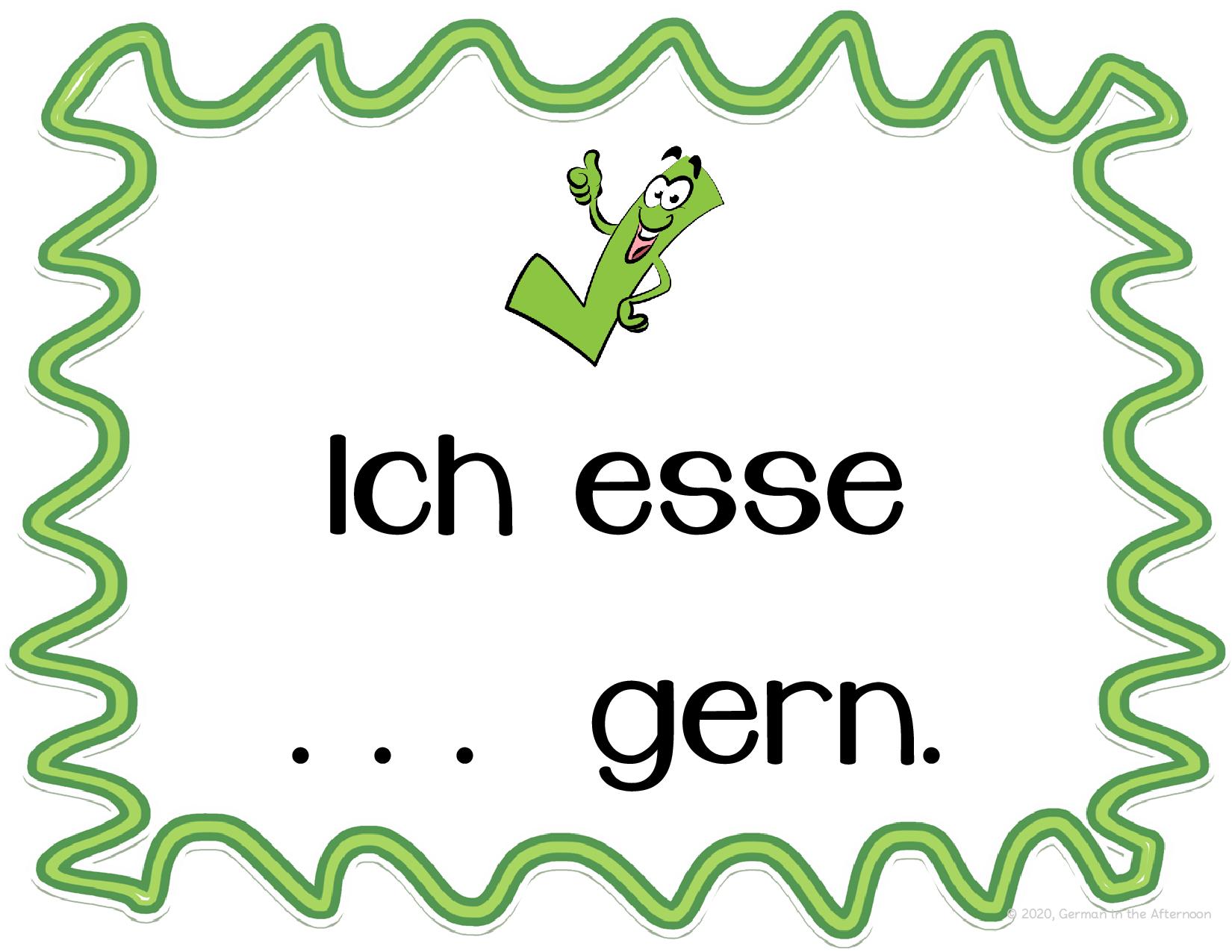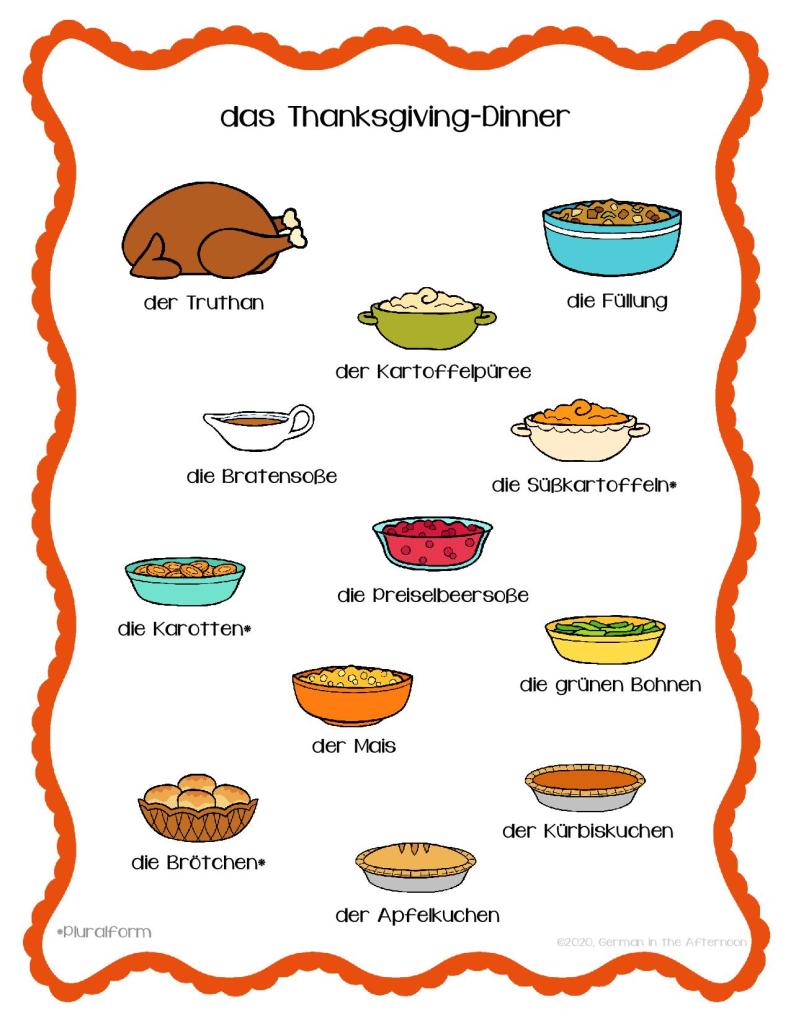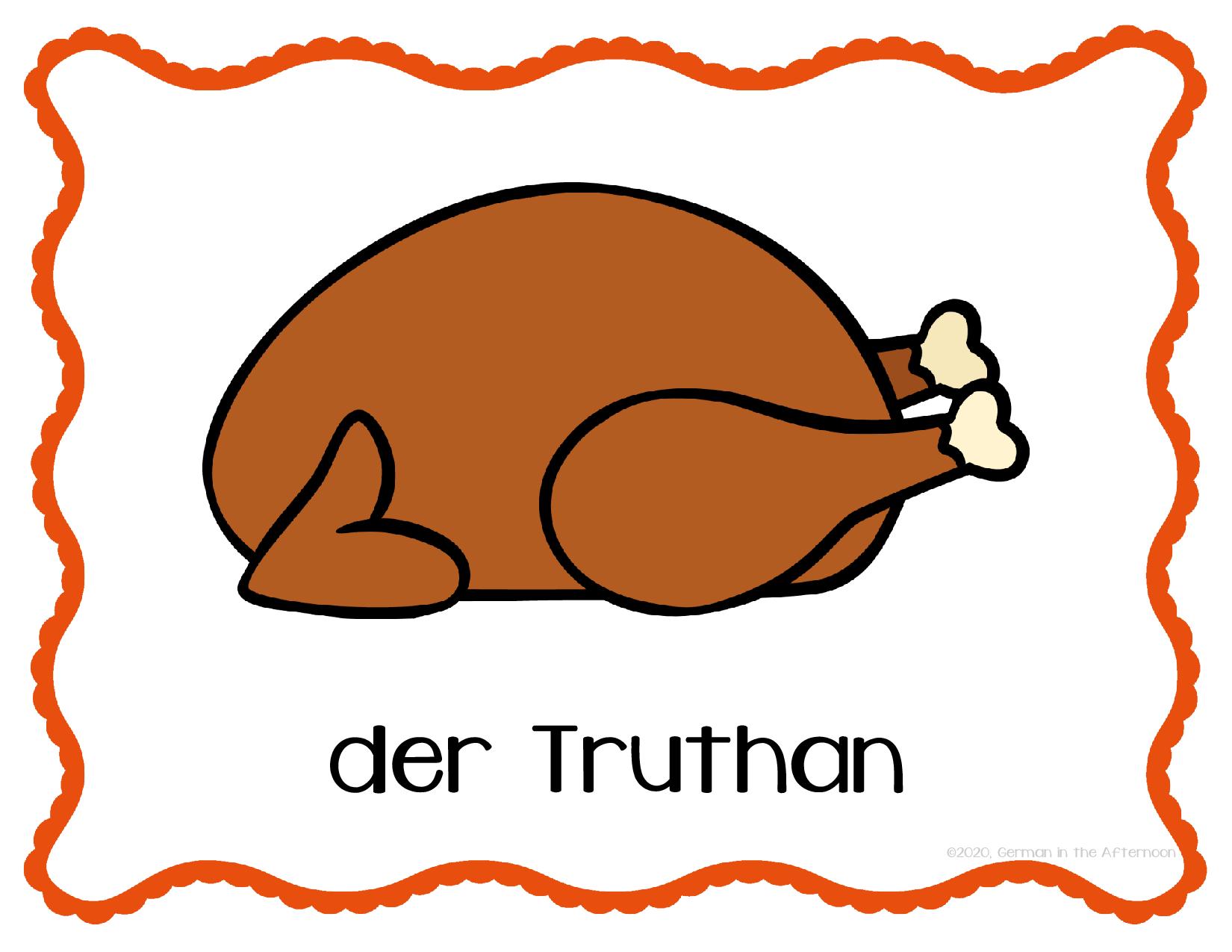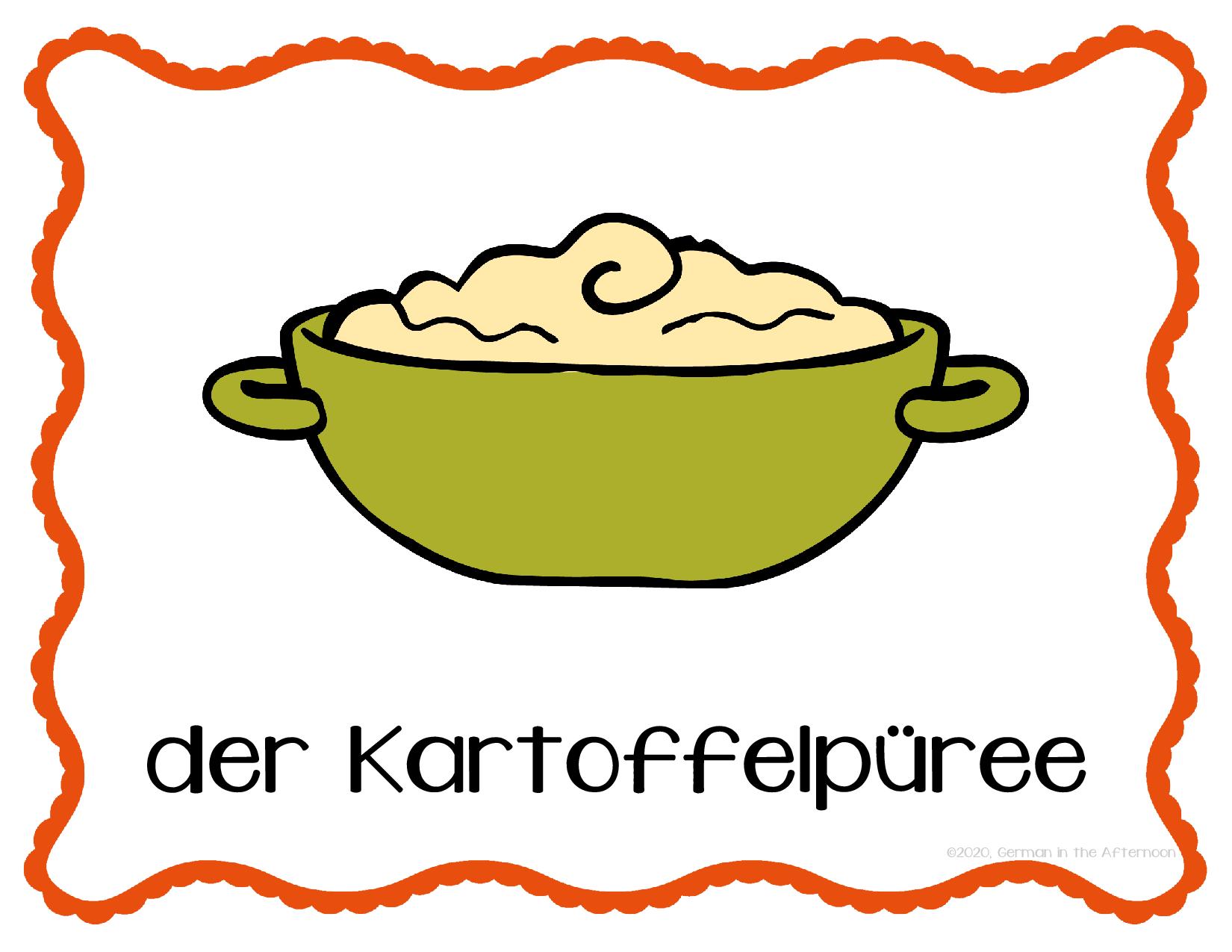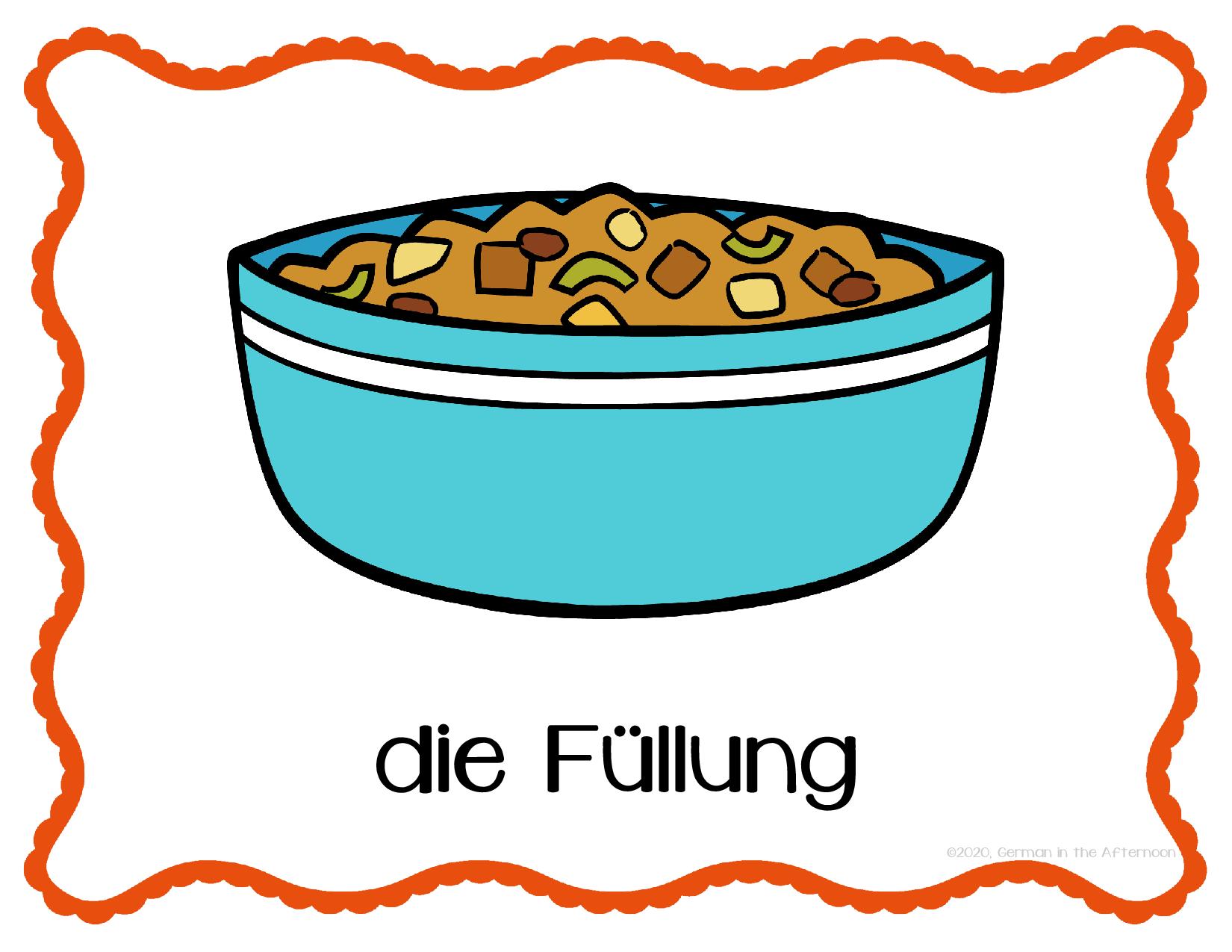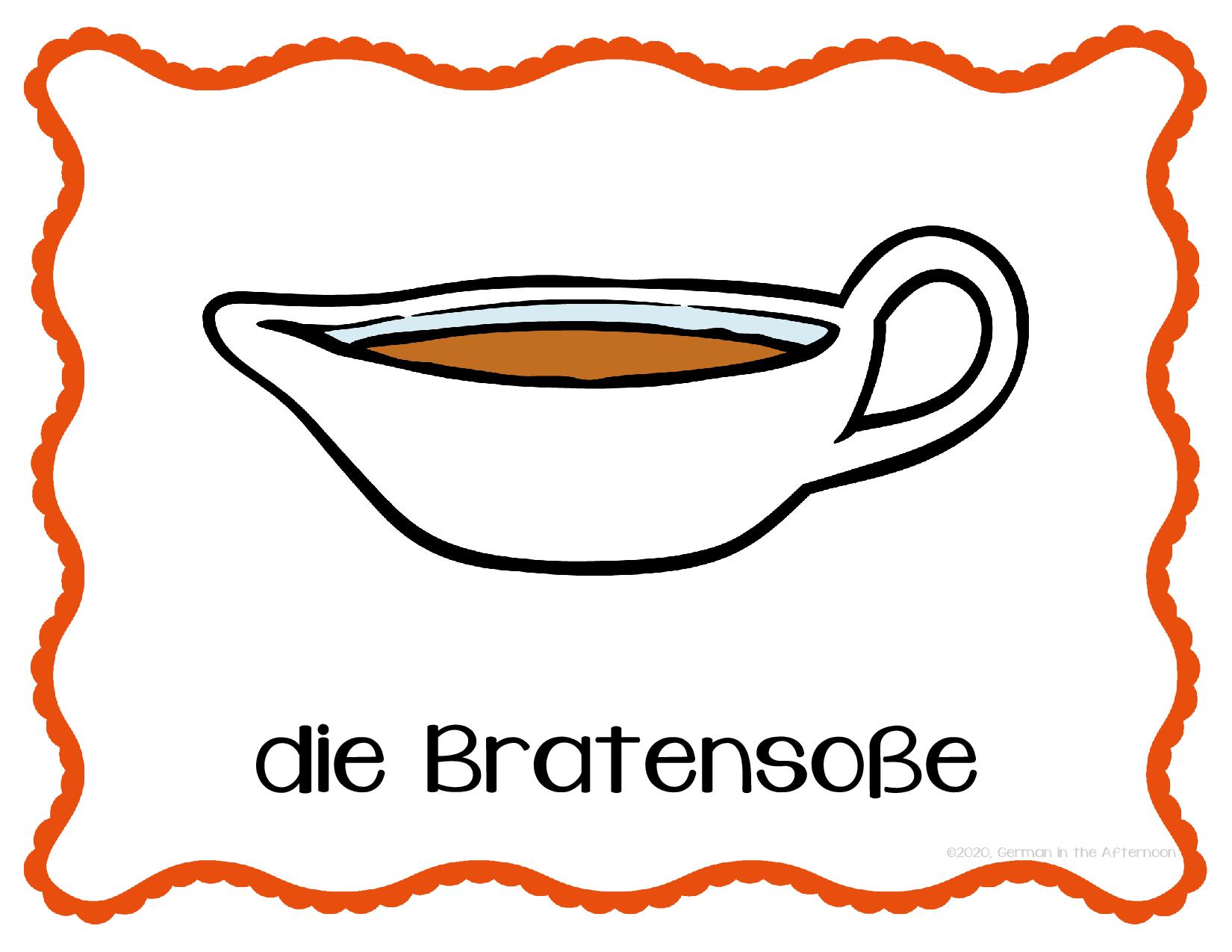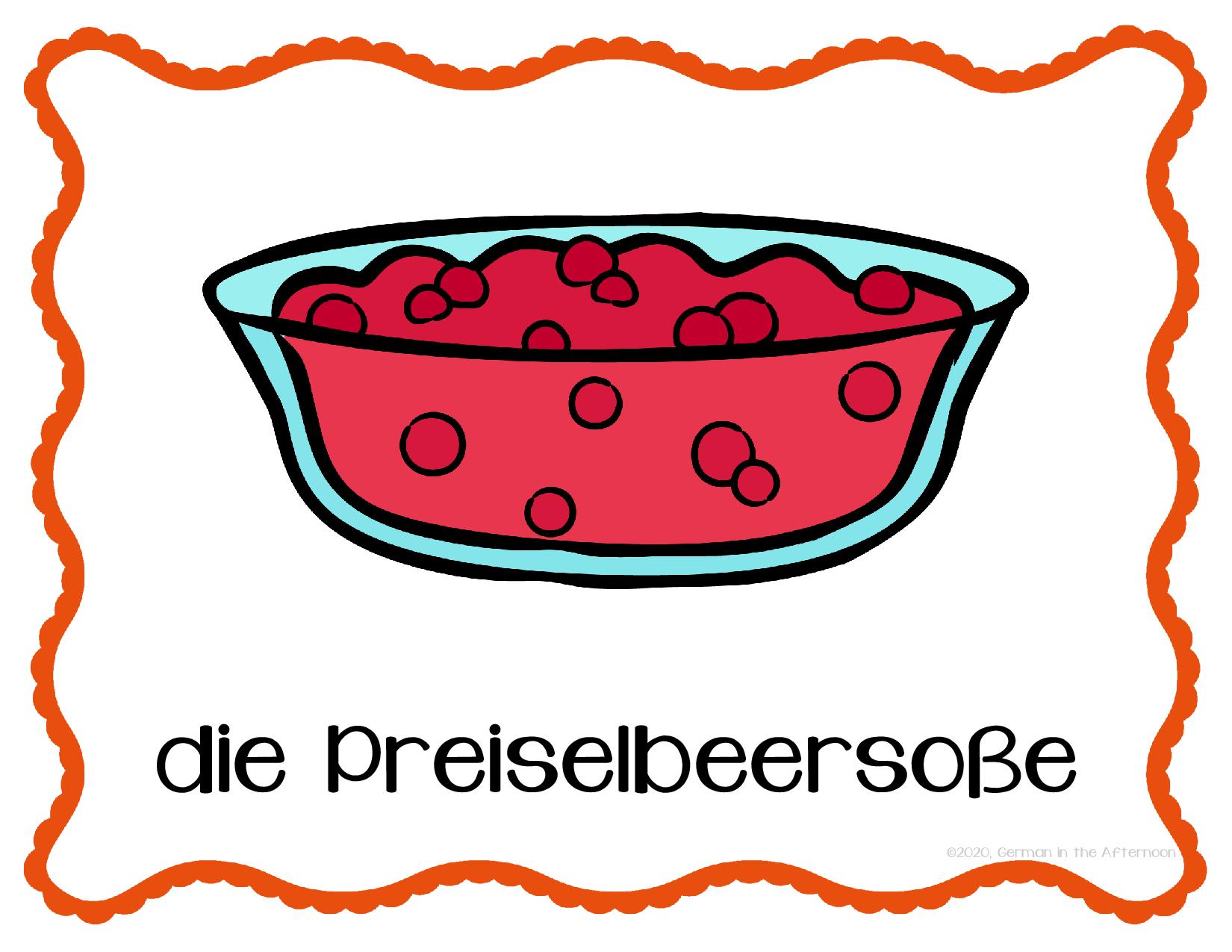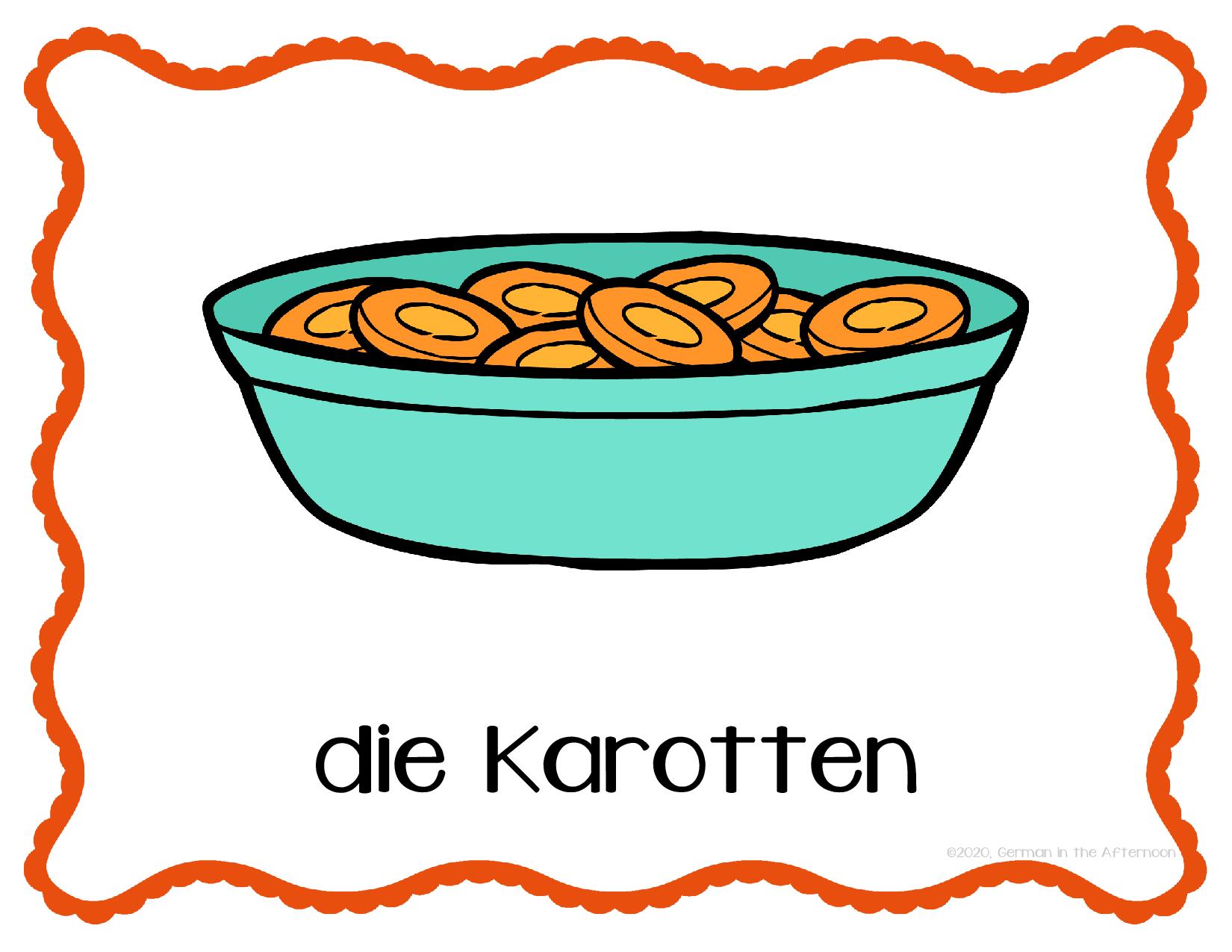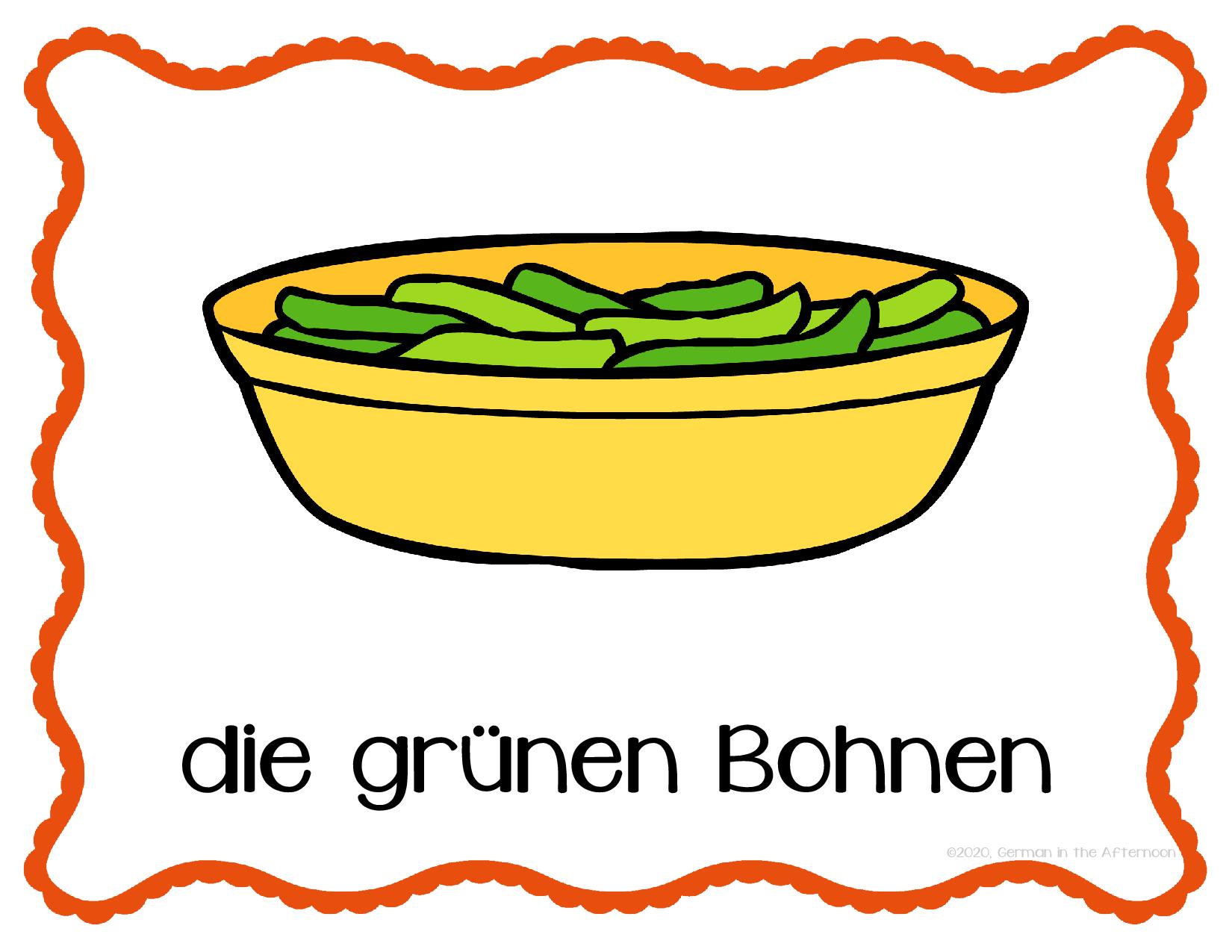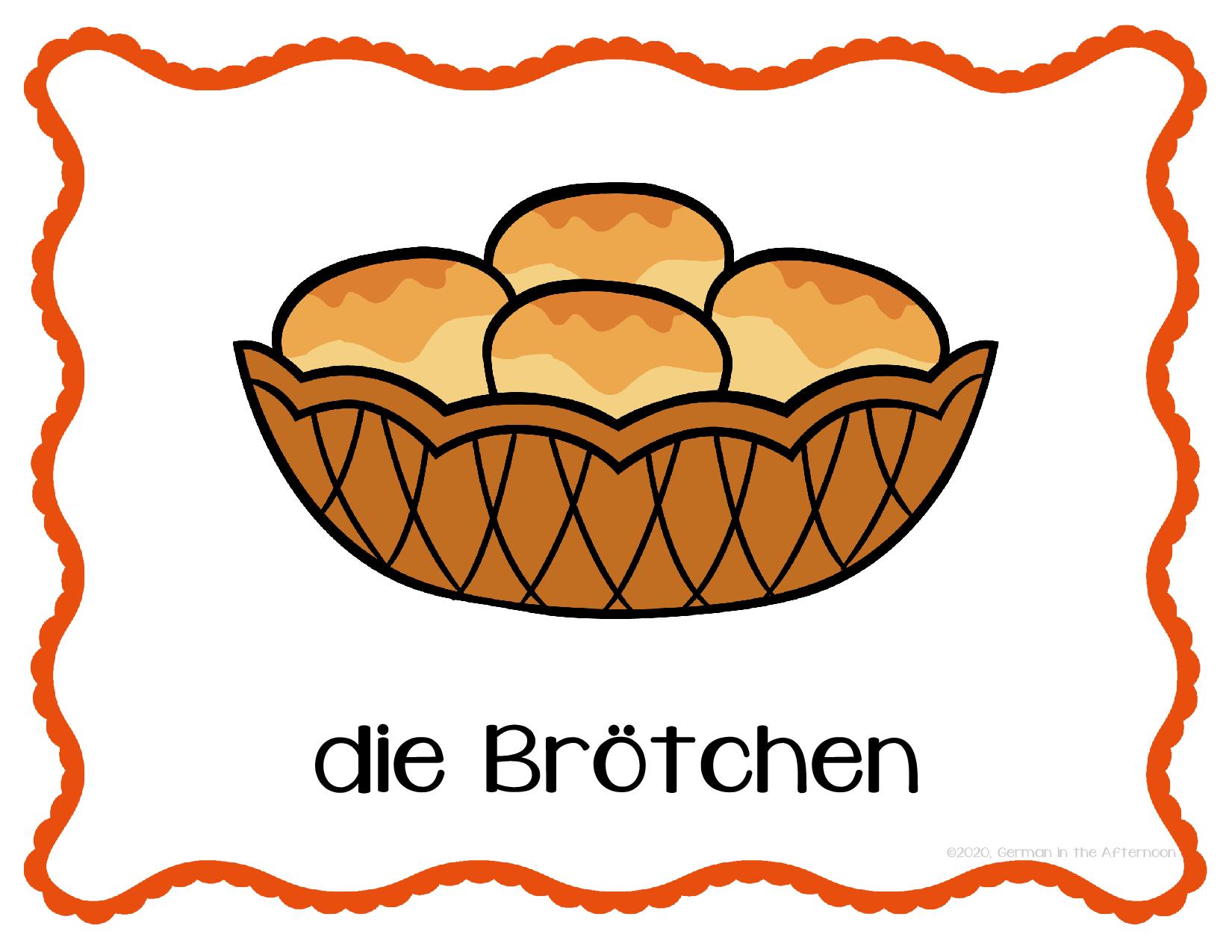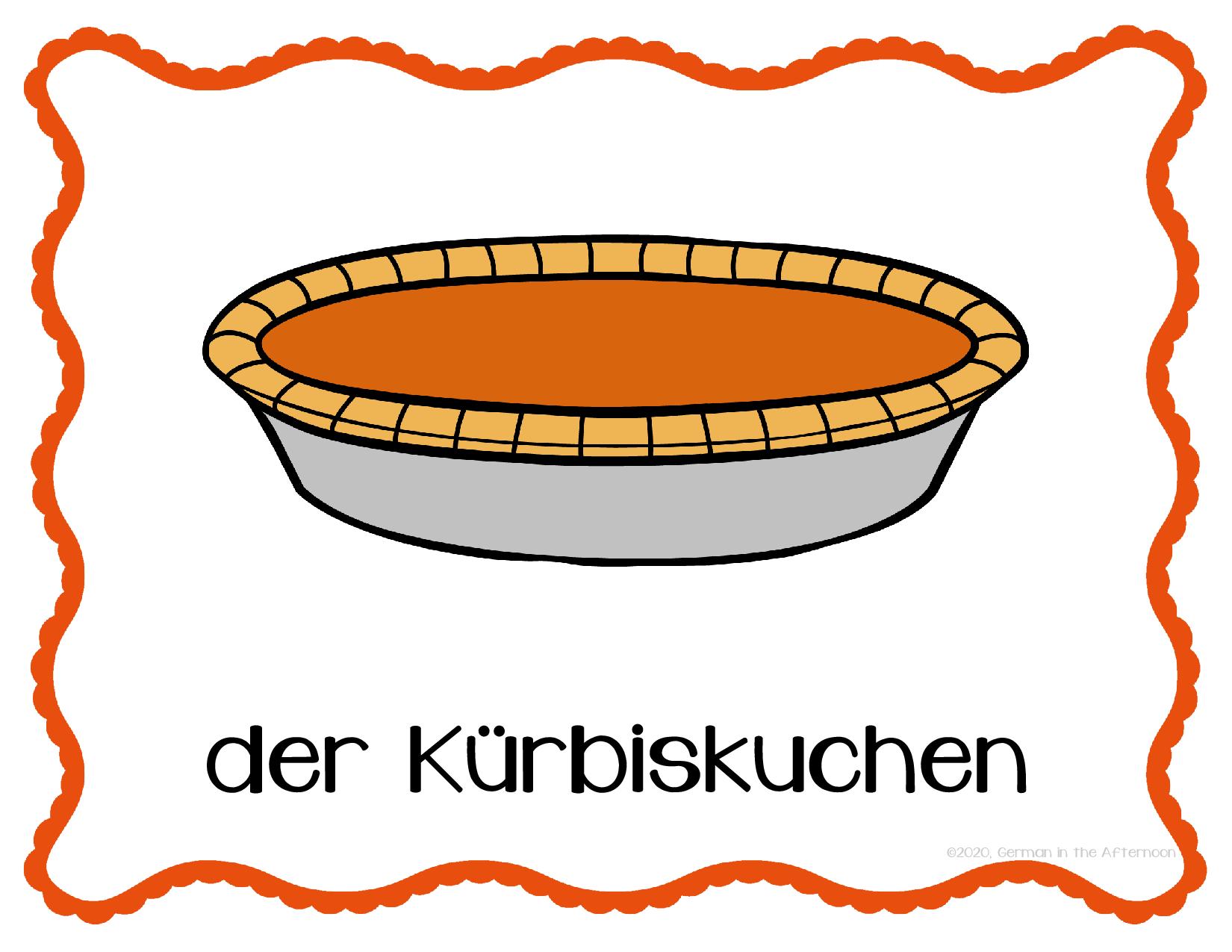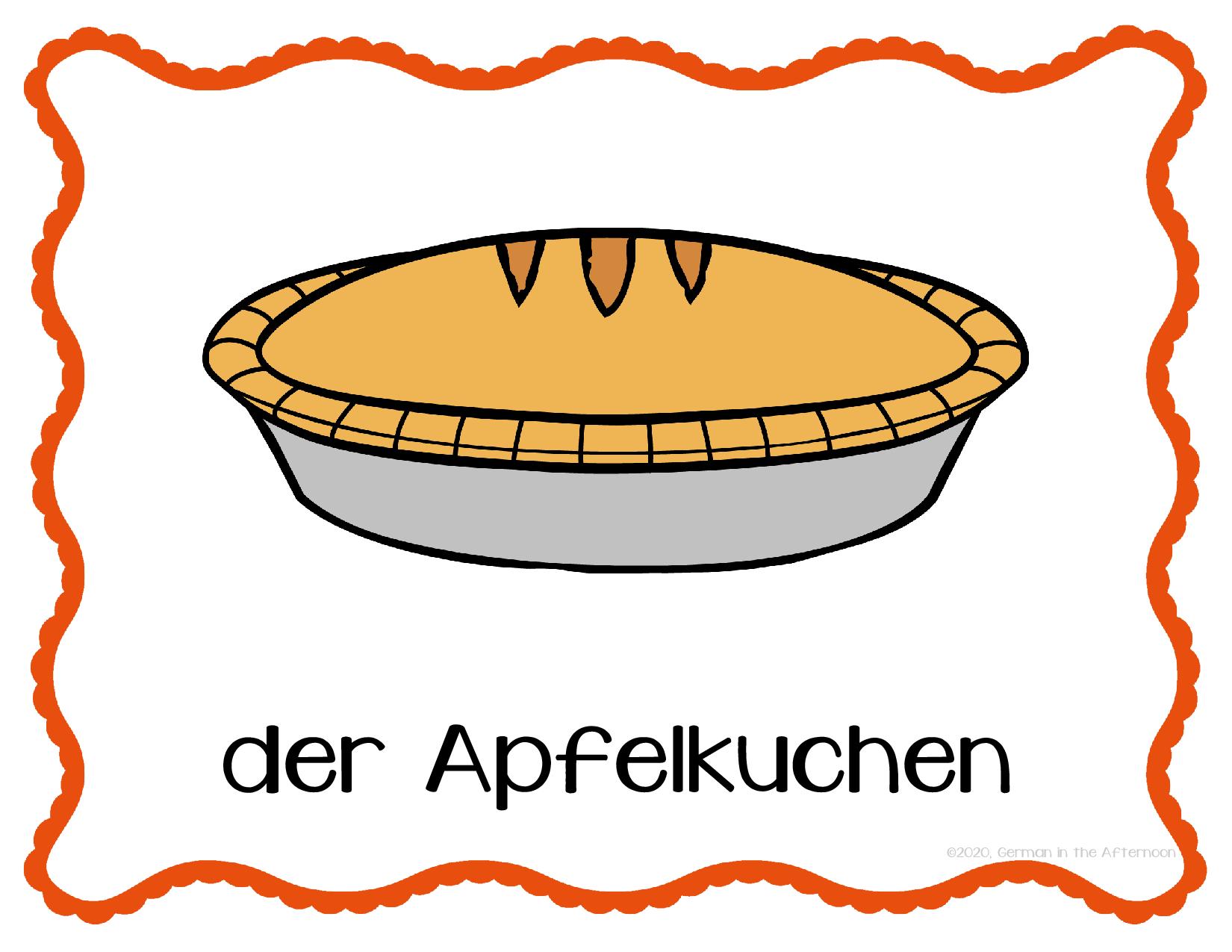Our next language unit is going to be all about shapes! Froggy chose the topic. I don’t know how many times we’ve done shape themes in the past 4 years, but it’s still a favorite!
I started doing language themes when Froggy was 3 and Hippo was just a baby. Every morning, while Hippo napped, Froggy and I would do a project. Having this structure in his day really helped. And we both had so much fun! We did art projects, science projects, themed baths, books, songs – you name it, if it went with our theme, we tried it! That’s when I started collecting ideas on Pinterest boards, too! (Click on my Pinterest button on the right to check out all my daily activity boards!)
Now we are using these themes to help our German. I was off to a good start with Froggy’s weather lessons. And now I really want to get Hippo more involved. So I’ve asked AP3 to help out and try to come up with activities to do with him, while I focus more on Froggy’s lessons.
Since we are still in Valentine mode, our first activity was a baking one. We simply made a cake heart! I saw the idea on Pinterest, of course. It was super simple! Froggy helped me make the batter. Then after the cakes cooled, we put them together to make our heart and covered it with pink frosting. I wanted a little chocolate, and I knew Froggy would choose yellow cake with white (or pink) icing, so I added some chocolate chips to one of the cakes.
You bake one 8-inch square cake and one 8-inch round cake (or use 9-inch pans for both). After they cool, place the square cake at an angle, like a diamond. Then cut your round cake in half, and place each semi-circle at the top of the diamond shape. Voila! You now have a heart-shaped cake! I had to cut off the tops of the cakes to get them to be the same height. And I needed a pretty big plate to put it on. Since I didn’t have a plate big enough, I used a cutting board. The boys loved it!


